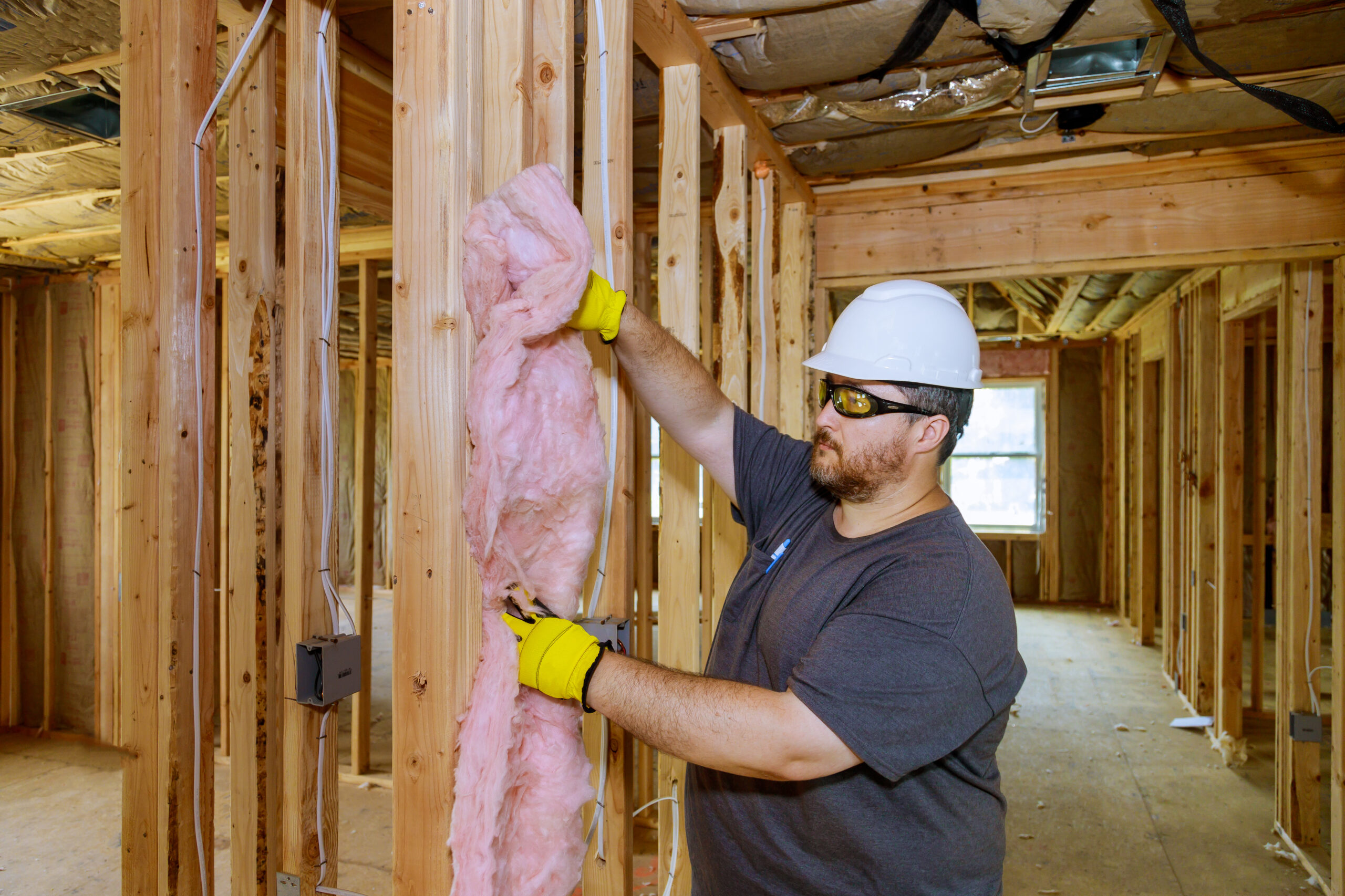Insulation plays a crucial role in maintaining comfortable indoor temperatures, reducing energy consumption, and enhancing overall building efficiency. With a myriad of insulation options available, it's essential to understand the four basic types of insulation and their unique properties. In this comprehensive guide, we delve into the world of insulation, exploring its various forms and shedding light on their benefits and applications.
- Fiberglass Insulation:
Fiberglass insulation, composed of fine glass fibers, is one of the most common and widely used types. Its exceptional thermal resistance properties make it an excellent choice for both residential and commercial applications. The flexibility and ease of installation of fiberglass insulation make it a popular option for insulating walls, attics, and floors. Additionally, it provides excellent soundproofing capabilities, enhancing acoustic comfort within buildings. - Cellulose Insulation:
Derived from recycled paper products, cellulose insulation offers an eco-friendly and cost-effective solution for insulation needs. Its high thermal resistance, combined with its ability to reduce air infiltration, makes it an ideal choice for energy-efficient buildings. Cellulose insulation is commonly used in wall cavities, attics, and roofs. Its fire-retardant properties and resistance to pests further contribute to its appeal. - Spray Foam Insulation:
Spray foam insulation, a versatile and innovative option, is gaining popularity in the construction industry. This type of insulation expands upon application, filling gaps and creating an airtight seal. Its exceptional thermal resistance and ability to prevent moisture infiltration make it highly effective in reducing energy loss. Spray foam insulation is commonly used in walls, roofs, and crawl spaces, providing superior insulation performance. - Reflective Insulation:
Reflective insulation utilizes reflective materials, such as aluminum foil, to redirect radiant heat. It is particularly effective in hot climates, where it helps to keep buildings cool by reflecting the sun's rays. Reflective insulation is commonly used in attics, roofs, and walls, acting as a barrier against heat gain. Its lightweight and easy installation make it a preferred choice in regions with high temperatures.
Conclusion:
Understanding the four basic types of insulation is crucial for making informed decisions when it comes to building or renovating. Fiberglass insulation offers versatility, while cellulose insulation provides an eco-friendly option. Spray foam insulation excels in creating airtight seals, and reflective insulation is ideal for combating heat gain. By considering the unique properties and applications of each type, you can optimize energy efficiency, enhance comfort, and contribute to a sustainable future.



Average Rating